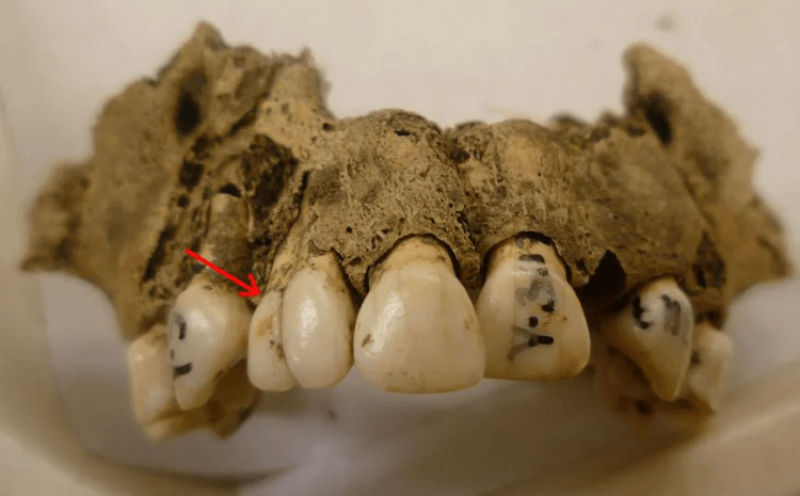“Dental calculus is a treasure trove of information,” says Katerina Guschanski at Uppsala University in Sweden. Over the past 20 years, it has revealed some surprising and often quirky details of the lives of our ancestors. But recent research is far more ambitious. “We spent a number of years trying to understand dental calculus and how to use it to really get at some deeper evolutionary questions,” says Warinner. That is now paying off, and dental calculus is throwing light on big questions about where humans came from and where we are going.
Earlier this year came results from the most ambitious calculus research project to date. [Tina] Warinner and a huge team from 41 institutions in 13 countries sequenced DNA extracted from the dental calculus of 124 individuals: 52 members of our species, Homo sapiens, dating from 30,000 years ago to the present day; 17 Neanderthals; 21 chimps; 29 gorillas and five howler monkeys.
…
Neanderthals and H. sapiens from ice age Europe had near- identical oral microbiomes: the Red Lady and the Pešturina Neanderthal, although separated by more than 80,000 years and 2000 kilometres, were essentially the same inside their mouths. This is consistent with previous research suggesting extensive contact and interbreeding between the two species in that period. By 14,000 years ago, however, the H. sapiens oral microbiome had altered markedly – and it has changed little to this day. This seems to mirror genetic evidence indicating that mysterious incomers from the south largely replaced the existing northern European population around 14,500 years ago.































